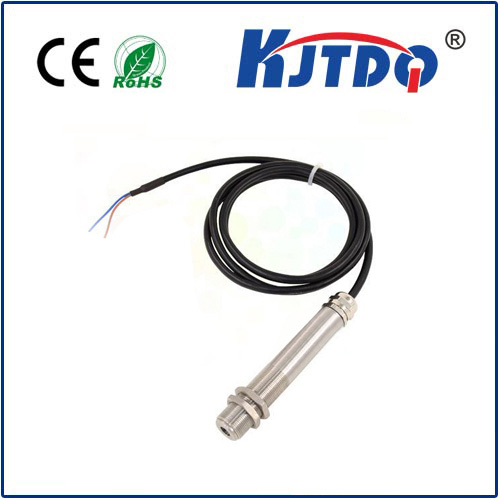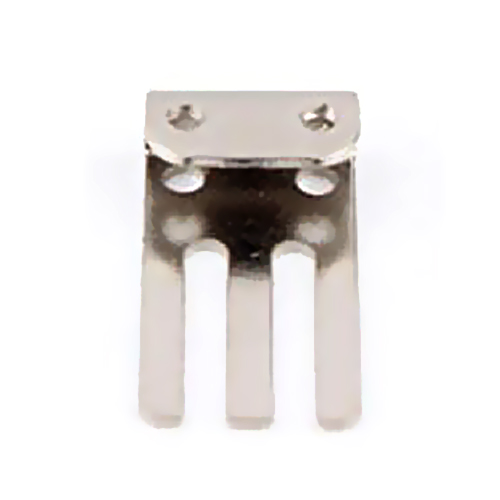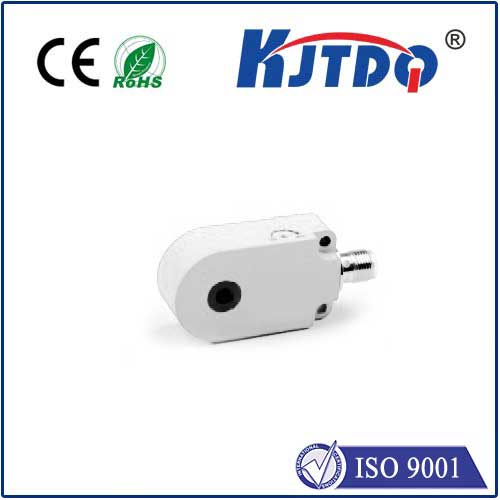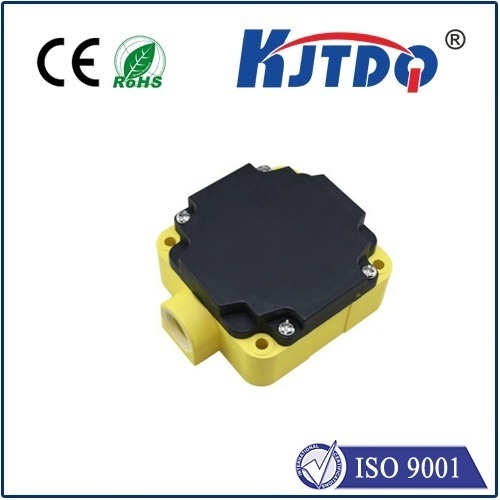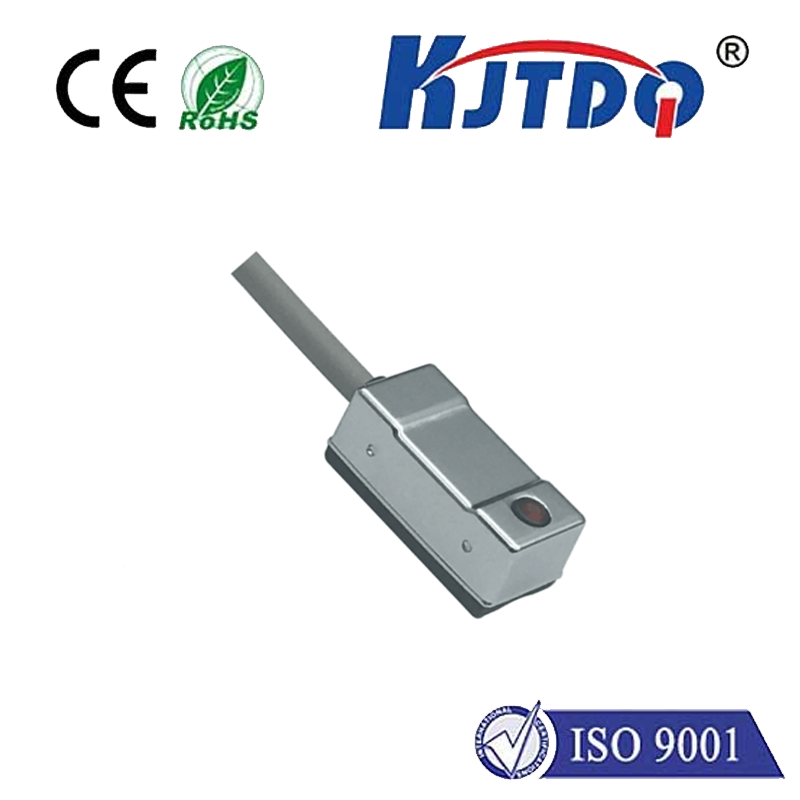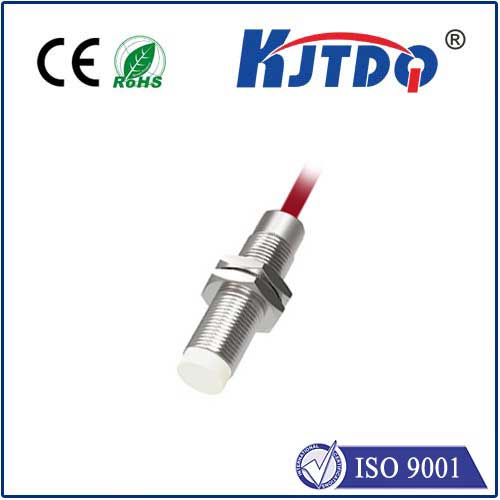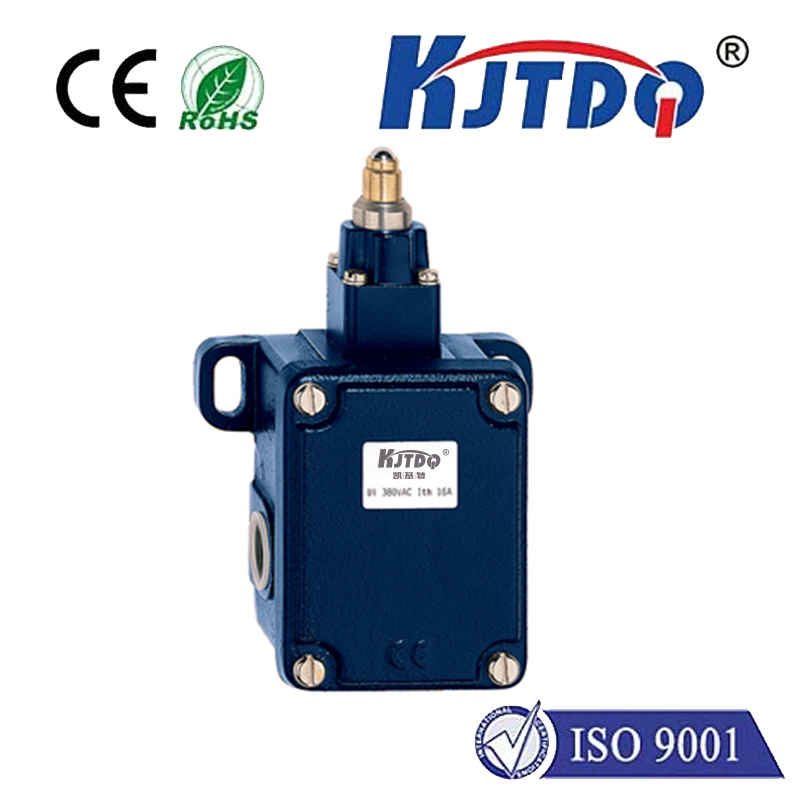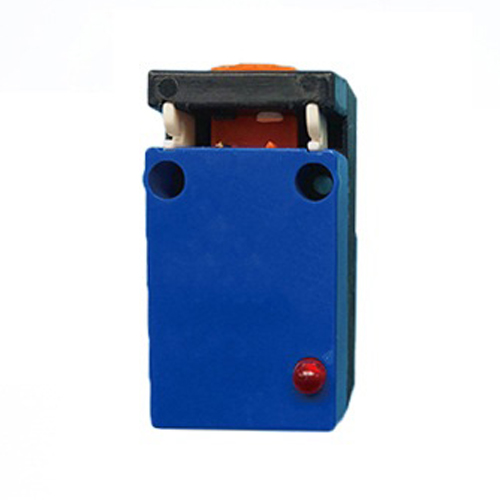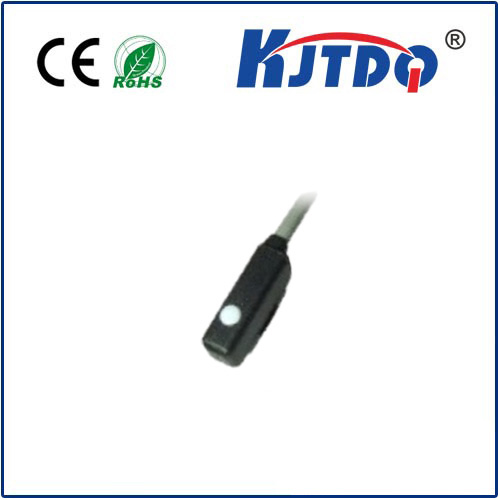sparkfun proximity sensor
- time:2025-07-17 08:49:00
- Нажмите:0
Unlock Touchless Magic: A Deep Dive into SparkFun Proximity Sensors
You reach your hand towards the sleek coffee machine on your countertop, not quite touching it. Instantly, its display illuminates, presenting your favorite brew options. This seamless interaction, almost like magic, is powered by the unassuming hero behind the scenes: the датчик приближения. And when DIY enthusiasts and professionals alike seek reliable, easy-to-integrate proximity sensing solutions, SparkFun Electronics consistently stands out as a premier source. Their range of proximity sensors, particularly popular modules like the VCNL4040, empowers creators to incorporate non-contact detection into countless projects, from smart appliances to interactive art and robotics. Let’s explore how these sensors work and why SparkFun versions are such compelling choices for bringing touchless interfaces to life.
At its core, a proximity sensor detects the presence or absence of an object within a defined range without requiring physical contact. They achieve this feat using various technologies. SparkFun’s most popular offerings, like the VCNL4040, leverage infrared (IR) light. Here’s the simple brilliance:
- Transmit: An integrated IR LED emits an invisible beam of infrared light.
- Reflect: If an object is within the sensor’s detection range, this IR light reflects off its surface.
- Receive: A specialized photodetector on the sensor picks up the reflected IR light.
- Interpret: Onboard circuitry measures the intensity of the reflected light. Closer objects reflect more light back to the detector. The sensor translates this intensity into a distance measurement or a simple “object present/near” signal.
The beauty of modules like SparkFun’s VCNL4040 breakout lies in their integration and accessibility. This sensor combines:
- Infrared Proximity Sensing: Detecting objects typically up to 8cm (though highly dependent on object reflectivity and ambient IR noise).
- Ambient Light Sensing (ALS): Crucially, it simultaneously measures the surrounding ambient light. This allows the sensor to compensate for ambient IR interference (like sunlight), significantly enhancing the reliability of the proximity reading. It’s not just about sensing something; it’s about sensing accurately even when lighting conditions change.
- I2C Interface: Communication via the ubiquitous I2C bus makes wiring simple (just four essential wires: power, ground, SDA, SCL) and code integration straightforward across platforms like Arduino, Raspberry Pi, micro:bit, and more.
- Compact Size & Low Power: The breakout board is incredibly small, perfect for embedding into projects. With features like an interrupt pin and programmable detection thresholds, it supports power-efficient operation, even running on batteries. Many users leverage its 0.2mA sleep current for ultra-low-power applications.
- Onboard Signal Processing: The sensor handles the complex analog signal processing internally, outputting clean digital data your microcontroller can easily read.
Why Choose SparkFun Proximity Sensors?
SparkFun doesn’t just sell sensors; it fosters a complete ecosystem for creators:
- Exceptional Documentation: Every SparkFun proximity sensor product page comes loaded with detailed hookup guides, datasheet links, example Arduino libraries, and tutorials. You’re never left guessing how to implement it. Crucially, their Qwiic-enabled versions streamline connectivity even further, eliminating solder.
- Community & Support: A vast, active community shares projects, code snippets, and solutions on the SparkFun forums and beyond. Need help troubleshooting? Chances are someone has encountered it before.
- Quality & Reliability: SparkFun rigorously tests components and provides well-designed breakout boards with essential supporting circuitry (like pull-up resistors for I2C, voltage regulation level shifting where needed), ensuring stable performance.
- Focus on Makers & Education: The design ethos prioritizes ease of use, making sophisticated sensing technology approachable for beginners while still powerful enough for seasoned engineers.
SparkFun Proximity Sensors in Action: Bringing Ideas to Life
The applications for non-contact detection are virtually limitless. Here’s how creators leverage SparkFun proximity sensors:
- Gesture Control & Interactive Displays: Integrate a sensor like the VCNL4040 near a screen or exhibit. Detect a simple hand wave to cycle information or trigger animations. Use proximity to wake a display from sleep mode when a user approaches, saving power brilliantly. Imagine art installations reacting to visitor presence.
- Smart Home Automation: Create touchless light switches activated by waving a hand nearby. Build cabinet lights that turn on automatically when you reach for coffee cups in the morning. Implement proximity detection for automatic faucets or soap dispensers in DIY smart bathrooms.
- Robotics & Collision Avoidance: Equip small robots with proximity sensors on the front or sides to detect obstacles before bumping into them, enabling smooth navigation and preventing damage. Essential for maze solvers or automated vacuum prototypes.
- Power Saving & User Detection: Develop battery-powered devices that enter a deep sleep mode but wake instantly when a user approaches, detected by the proximity sensor. Ideal for portable instruments, security devices, or interactive toys where long battery life is critical.
- Presence Detection: Monitor if an object is present in a specific location (like a tool on a rack, a cart in a charging dock, or even a vehicle in a parking sensor setup). Simpler and often more cost-effective than complex cameras or weight sensors.
Getting Started is Simple
Integrating a SparkFun proximity sensor into your project typically follows this pattern:
- Choose Your Sensor: For most proximity applications, the VCNL4040 is an excellent starting point. Qwiic versions offer plug-and-play simplicity. Determine if you need the ambient light sensing too.
- Connect: Using I2C (or Qwiic cable for compatible boards), connect Power (3.3V usually), Ground, SDA, and SCL to your development board (Arduino, Raspberry Pi, etc.).
- Install Library: Grab the relevant SparkFun Arduino library (e.g.,
SparkFun_VCNL4040_Arduino_Library) via the Arduino Library Manager.
- Code: Utilize the library’s clear functions to initialize the sensor, set parameters (interrupt thresholds, LED current - which affects detection range/power), and read proximity values or detect interrupts. A basic sketch might read proximity values continuously or trigger actions when a threshold is crossed.
- Test & Calibrate: Point the sensor towards different objects at varying distances. Observe readings in the Serial Monitor. Tweak thresholds and sensor settings based on your specific application and environment. Remember factors like object color (black absorbs IR) and strong ambient IR sources can affect performance.
SparkFun proximity sensors, embodying the perfect blend of sophisticated technology and maker-friendly accessibility, unlock a world of intuitive, touchless interaction. By simplifying the integration of reliable non-contact detection, SparkFun empowers inventors, tinkerers, and engineers to transform their innovative concepts into tangible, responsive creations that sense and react to the world around them. Whether you’re automating your home, building a clever robot prototype, or crafting an interactive masterpiece, these sensors provide the fundamental capability to sense proximity accurately and efficiently, bridging the gap between the physical and digital realms with remarkable ease.
